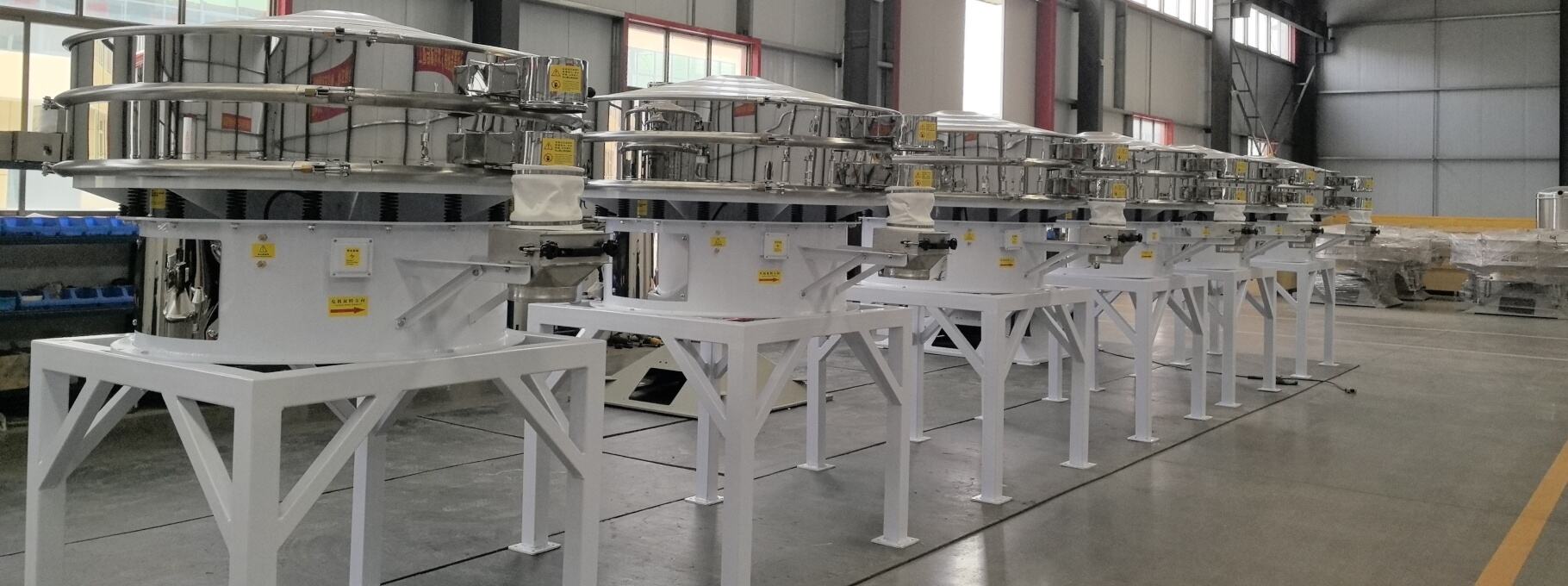
The Revolutionary Significance of Ultrasonic Vibrating Screens: Addressing the Key Pain Points of Industrial Precision Screening
In the powder processing industry, traditional vibrating screens often encounter issues such as screen clogging and a significant drop in separation efficiency when dealing with ultra-fine particles (<100 microns), highly viscous materials, or materials with static electricity. Ultrasonic vibrating screens utilize high-frequency resonant waves ranging from 20 kHz to 40 kHz to effectively break down the adhesive force between particles and the screen, addressing over 95% of screen clogging issues at their root. This technological breakthrough enables ultra-fine screening at the 635 mesh (20 micron) level, making it particularly suitable for applications requiring stringent purity standards, such as pharmaceutical raw materials (compliant with FDA cGMP standards), positive and negative electrode materials for new energy batteries (e.g., lithium powder), and high-value-added metal powders. Compared to mechanical vibrating screens, its non-impact, low-heat vibration mode better protects the molecular structure of heat-sensitive materials (such as polymers and vitamins), avoiding quality risks caused by material degradation.
In terms of operational efficiency, the ultrasonic system boosts ultra-fine powder processing efficiency by 2-5 times while significantly reducing energy consumption (ultrasonic transducer power consumption <500W) and maintenance costs (screen replacement frequency reduced by 90%). For allergenic raw materials in the food industry (milk powder/flour) and flammable/explosive dust in the chemical industry, its fully enclosed stainless steel structure combined with zero cross-contamination characteristics makes it a core piece of equipment for ensuring safe production. What is even more noteworthy is that this equipment can handle special materials that traditional equipment cannot process—including hygroscopic lithium battery materials, agglomerating cocoa powder, and static-prone carbon powder—by achieving flexible production with a single machine through customized screen configurations.
In the current Industry 4.0 era, ultrasonic vibrating screens have evolved from simple screening tools to critical quality control nodes. By eliminating production bottlenecks, reducing scrap rates (purity >99.9%), and mitigating batch contamination risks, it directly drives ROI improvements for enterprises. In the high-end manufacturing sector, the ability to transform the screening process from a cost center into a quality advantage is the core reason why leading global pharmaceutical companies, new energy manufacturers, and specialty chemical plants have adopted it as standard equipment.
